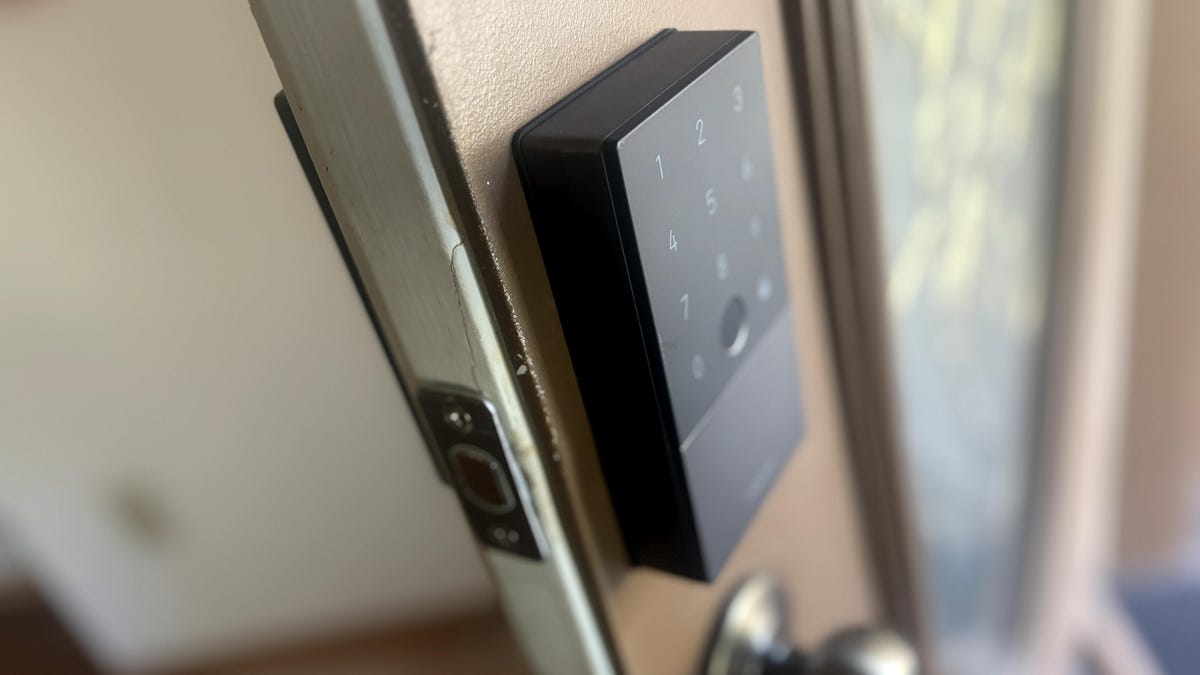The 3.1 million residents of Puerto Rico found themselves in a depressingly familiar island-wide blackout this week in the wake of Hurricane Fiona. Some of the power has been restored, but 1.1 million customers are still in the dark as of Wednesday morning. It may be days before all Puerto Ricans can switch on the lights and pump clean drinking water.
The blackout comes on the fifth anniversary of Hurricane Maria’s landfall, a storm that left wounds that are still raw across Puerto Rico. More than 3,000 homes on the island still have tarps for roofs resulting from Maria’s 174 mph winds. That hurricane triggered a devastating blackout that lasted for 11 months, casting a shadow of misery as people lost the power needed to purify water, refrigerate medicine, and stay cool in the intense heat. Close to 3,000 people died in Puerto Rico from Hurricane Maria, most in the dark aftermath.
The dangers of a massive blackout and the likelihood that it could happen again were certainly clear with every storm season since Maria. While a hurricane may be a force of nature, the extent and duration of the ensuing power outages are a function of preparation and response. Puerto Rico’s power grid was in dire shape for years before Maria’s landfall and remained so before Fiona. Outages plagued the island for months ahead of this week’s storm. This wasn’t even the first island-wide blackout this year.
“It’s a tragedy that most Puerto Ricans saw coming,” said Luis Martinez, southeast director for the Natural Resources Defense Council’s climate and clean energy program. “Not enough has been done to stabilize the system since Maria.”
Why?
Despite billions of dollars allocated to bolster Puerto Rico’s power grid after Maria and ambitions to rebuild and rethink its energy system, the same hurdles that left the grid in a fragile state still remain: sluggish bureaucracy, poor management, underinvestment, and the inherent difficulty of delivering power on an island.
Puerto Rico’s situation may be extreme, but power grids across the US have been flickering as well lately, with weather extremes pushing demand to record highs while throttling the output of electricity, most notably in California and Texas. These vulnerabilities are poised to grow as average temperatures continue to rise because of climate change, leading to more extreme heat and more severe rainfall events.
That in mind, Puerto Rico’s blackouts are an important warning of what could happen to more places if climate change goes unaddressed and power providers remain stuck in their old ways of business.
Fixing Puerto Rico’s power grid is a tall order
Puerto Rico’s power challenges begin with its geography. Due to its limited resources, the territory imports all of the fuel needed to run its main power plants. Natural gas provides 44 percent of the island’s electricity, petroleum 37 percent, coal 17 percent, and renewables 3 percent.
Since fuel has to be shipped in, most of Puerto Rico’s power plants are near the coast, with the largest along its southern shoreline. But the main power consumers, including the capital San Juan, are on the north of the island. That requires power transmission lines to bridge across the mountainous center of the island, creating choke points that are vulnerable to extreme weather and are hard to reach to repair.
Storms aren’t the only threat. Puerto Rico suffered an earthquake in 2020 that damaged its two largest power plants, forcing them offline for months. That left the island teetering on the brink of outages. It shows how power generation concentrated in a few areas can lead to problems that ripple throughout the grid.
After Hurricane Maria, Puerto Rico needed to install 50,000 utility poles and 6,500 miles of cable, some of which had to be delivered to remote areas by helicopter. That’s part of why restoring power took such a long time. The reconstruction process was also hampered by poor decisions. Most notable, a tiny Montana company called Whitefish Energy received a $300 million contract to restore the grid, but it was barely equipped to handle the job and charged more than double the going rate for its workers.
It didn’t help that PREPA, Puerto Rico’s public power utility, was already bankrupt when Maria hit. Puerto Rico’s dependence on imported fuel, particularly petroleum, left PREPA vulnerable to international market shocks: Rising fuel prices over the years meant the company spent more on just keeping its power plants running and far less than needed to maintain transmission lines and substations in good order. PREPA itself faced long-running accusations of mismanagement, and after Maria, senior officials at the company were accused of taking bribes to restore power to favored customers. Even now, the company is still $8.2 billion in debt.
Federal aid for reconstruction after Maria was also slow to trickle in. FEMA allocated $28 billion for recovery projects in Puerto Rico, but only $5.3 billion of that money was spent ahead of Fiona. So many of the proposals to make the island’s power grid more resilient had yet to be implemented.
In 2020, a private company called LUMA Energy picked up the task of running Puerto Rico’s power transmission system. But it too has faced criticism for poor performance while also raising electricity prices, which have more than doubled since January 2021, according to Martinez from the Natural Resources Defense Council. LUMA has been pursuing more natural gas power for the island, but global energy prices spiked this year. Russia’s invasion of Ukraine and Europe’s subsequent cutbacks on buying Russian natural gas has led to increased competition over US liquefied natural gas exports. Sporadic blackouts continued under LUMA, triggering protests across the island last year.
The transition to renewables is already underway, but it’s not spread evenly
Puerto Rico has ambitions of doing things differently that only picked up after Maria. In 2019, the territory’s government passed the Puerto Rico Energy Public Policy Act, which ended PREPA’s monopoly, set a 2028 deadline for phasing out coal power, and requires the island to source 40 percent of its electricity from renewables by 2025 and 100 percent by 2050.
Groups like Queremos Sol, which translates as We Want the Sun, are helping to advocate for this transition on the island. The proposals include bringing energy production closer to where it’s used, minimizing reliance on long-distance transmission, as well as fragmenting the distribution network into microgrids so that an outage in one area doesn’t ripple across the whole island. They also want more investment in financing to help lower-income residents get tools like solar panels and batteries to ensure more reliable power.
But Puerto Rico is far behind schedule, and some solar projects have struggled. Tesla’s efforts to install photovoltaic panels and batteries on the nearby island of Vieques were stalled by aging wiring in people’s homes and regulatory hurdles. Some officials have been reluctant to switch so aggressively to renewables.
“Puerto Rico could be the big experiment for the whole nation in terms of having a diversified portfolio of energy, not just one experiment in terms of renewables,” Jenniffer González-Colón, Puerto Rico’s non-voting representative in Congress, told Politico in 2021.
At the same time, Puerto Ricans who can afford to go solar are already doing so, with some going off the grid entirely. But that means that Puerto Rico’s power utilities have to distribute the costs of energy among fewer customers, forcing prices to go up for many of those who can least afford it. Puerto Rico’s population has been declining over the past decade as well, and Maria accelerated that trend.
“I think Puerto Rico needs to be very intentional about how it’s going to transition to not harm the folks that are less fortunate on the island,” Martinez said.
Puerto Rico is not alone in facing these challenges. A 2021 winter storm in Texas led not only to extensive blackouts, but power bills for some customers as high as $17,000. Californians earlier this month received an urgent text message to cut their power use to stave off blackouts as electricity demand reached a record high during a heat wave. The US power grid is far more fragile than many have realized. Fixing it up will require not just hardware, but a way of sharing the burden equitably.













/cdn.vox-cdn.com/uploads/chorus_asset/file/24774108/STK156_Instagram_threads_3.jpg)







Discussion about this post